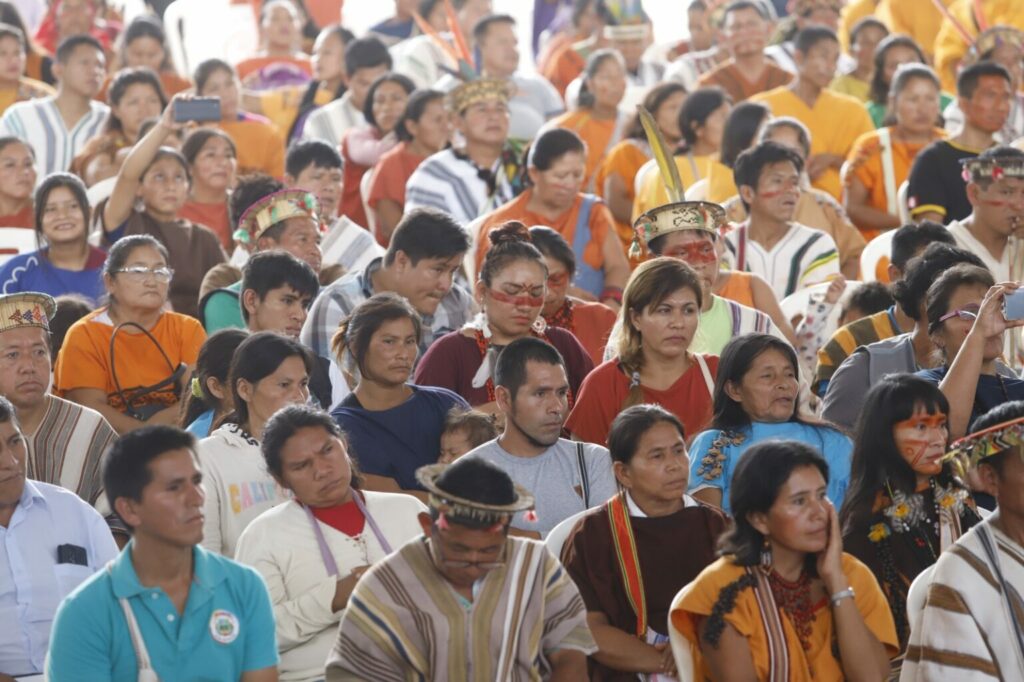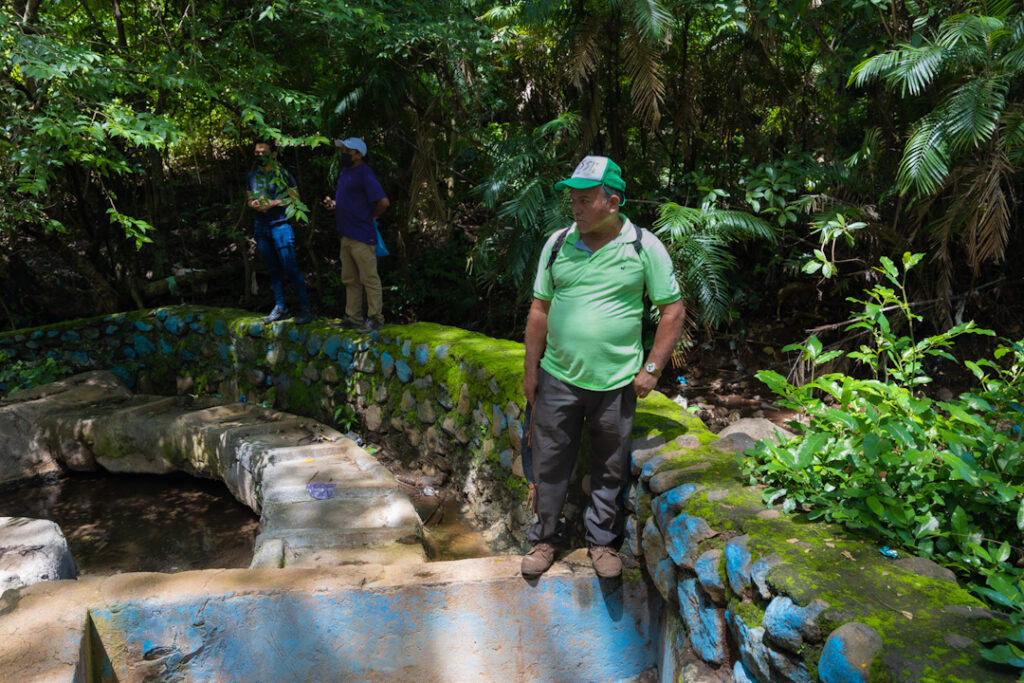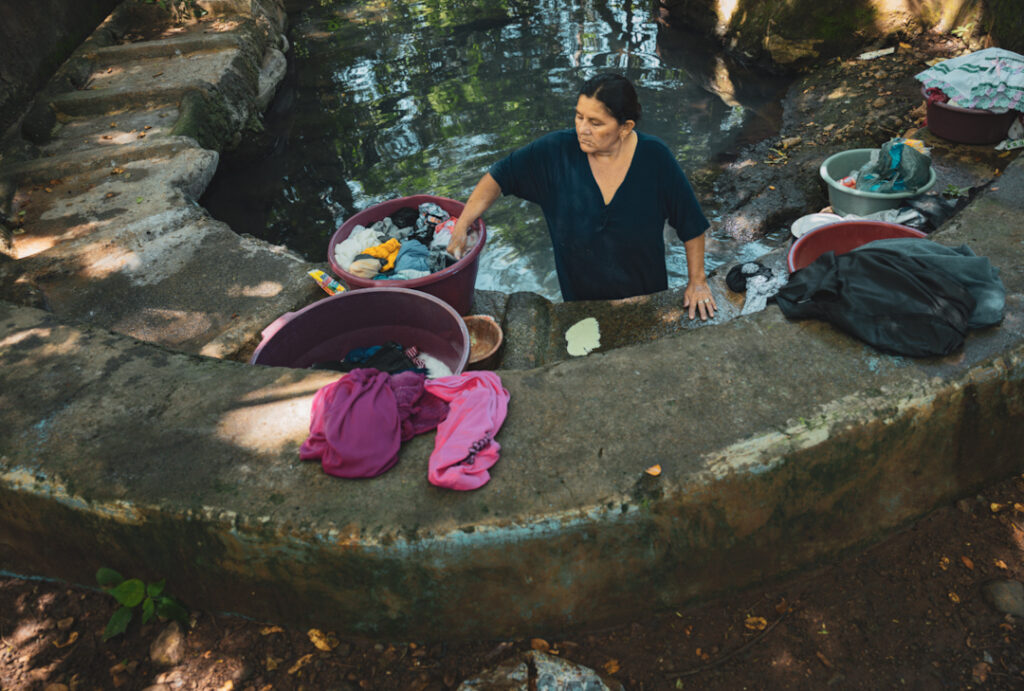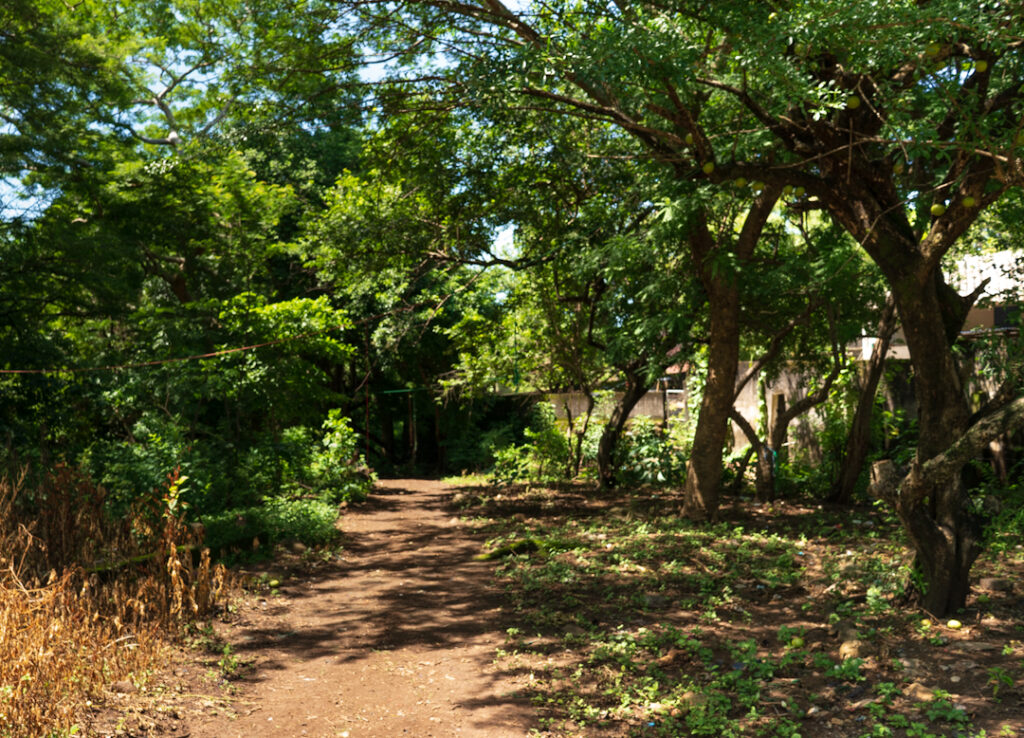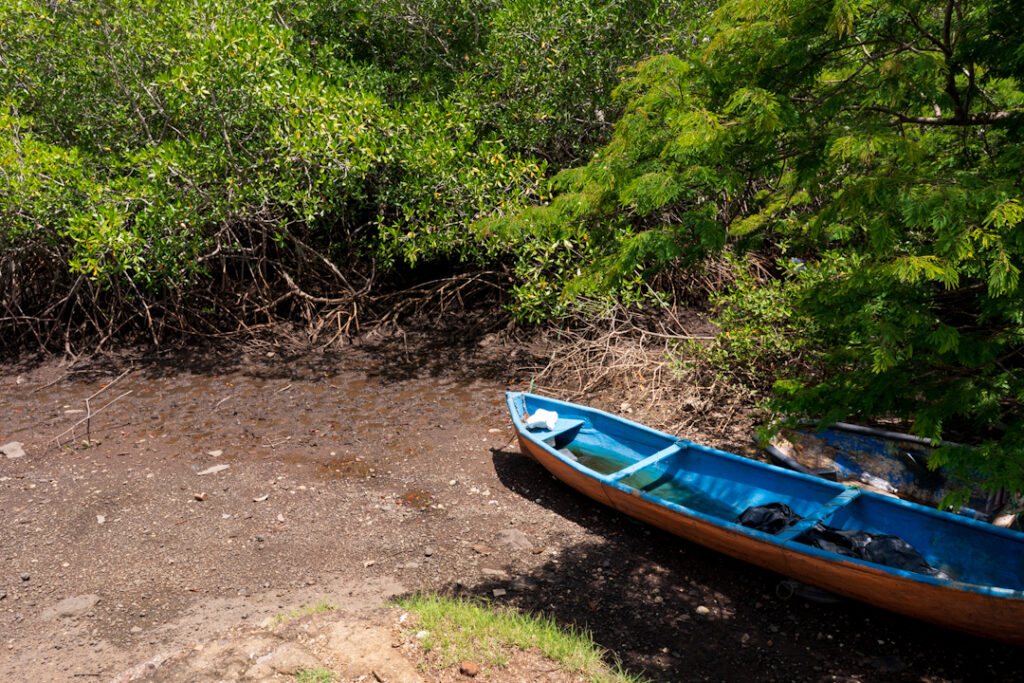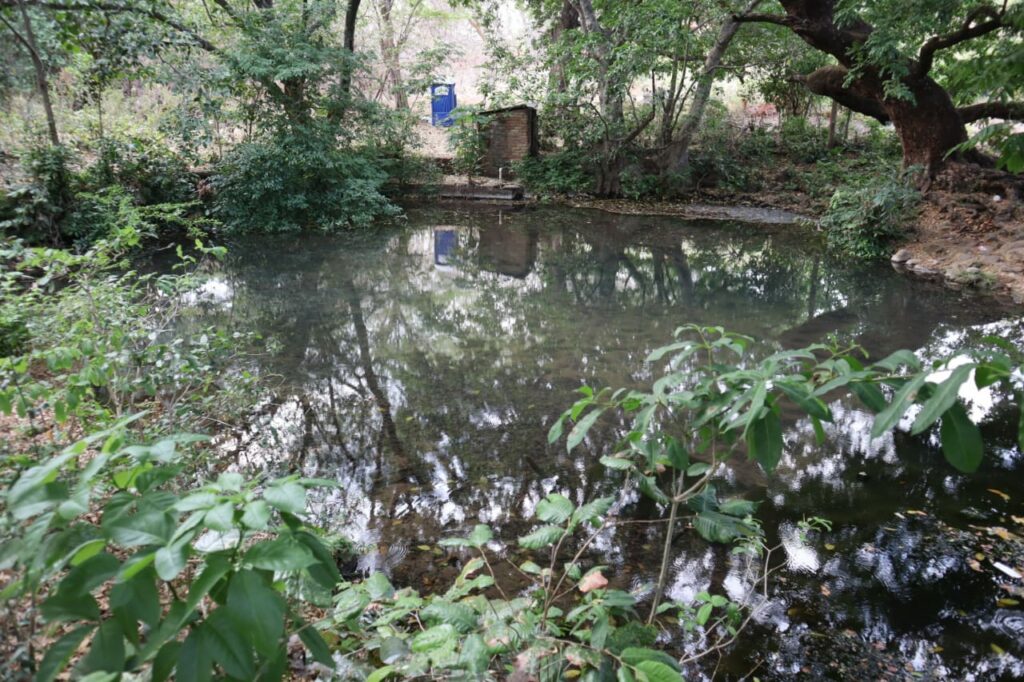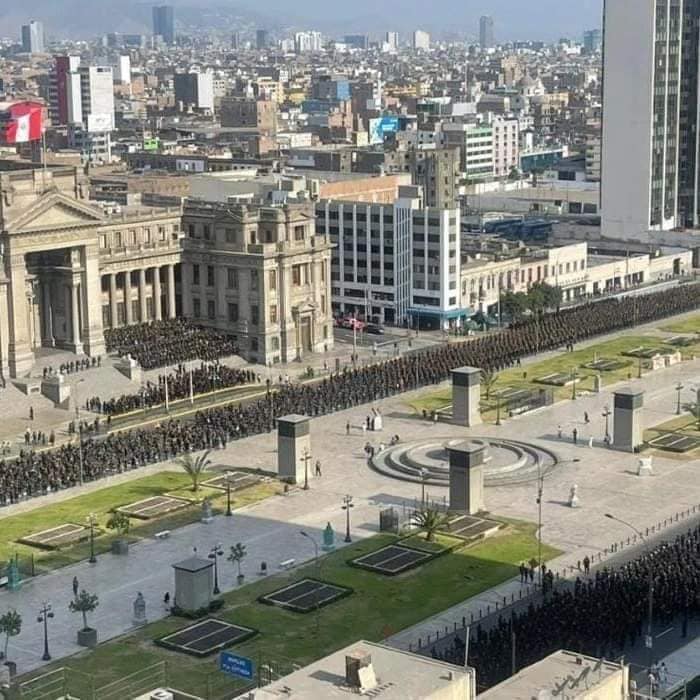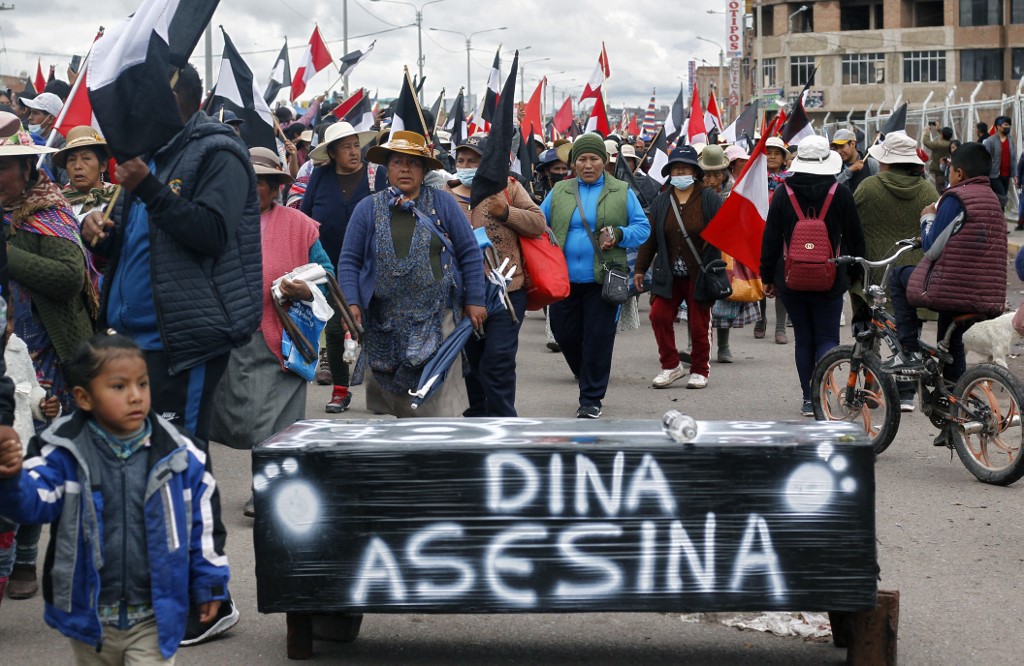
Latinoamérica
Cargill, responsable por la expansión de la soya en la Amazonía
Fuente: Avispa Midia
Por Sare Frabes
En portada: Un campesino limpia el suelo para evitar que el fuego llegue a su parcela en la Amazonía brasileña.
Ambientalistas, organizaciones de derechos humanos y pueblos indígenas del estado del Pará, en la Amazonía brasileña, en la región del río Tapajós, han denunciado los impactos sociales, ambientales y de derechos humanos provocados por la empresa multinacional de Estados Unidos Cargill, una de las líderes mundiales en la exportación de commodities agrícolas.
La empresa es responsable por la construcción de infraestructura, como puertos, para dinamizar la exportación de granos, como la soya, en expansión en las regiones norte y centro de Brasil para el mercado exterior, principalmente Europa y Estados Unidos.
Cargill llegó a la región hace 20 años. Primero en el municipio de Santarém, después expandió su actuación en otra parte del río, en el municipio de Itaituba, distrito de Miritituba, donde construyó una estación de transbordo de cargas. La empresa opera entre 650 y 700 embarcaciones en el mundo, según declaró el presidente de la empresa en Brasil para la Revista Forbes.
De acuerdo con el estudio Sin Licencia para Destrucción: Cargill y Violación de Derechos en el Tapajós, realizado por Tierra de Derechos Brasil, la empresa debe ser responsabilizada por el avance de la producción de monocultivos de granos en la región. “La cuenta es muy simple: si existe un puerto – o un complejo de puertos en el caso de Miritituba – para fluir la producción hacia el mercado exterior con bajo costo, eso significa que poseer haciendas de monocultivo en la región resulta en alta rentabilidad”.
En Argentina, el trigo transgénico ya se mezcla con el convencional
Fuente: Avispa Midia
Por Darío Aranda
En portada: Una jornada de protesta bajo la consigna “Con Nuestro Pan No”, realizada en rechazo al lanzamiento de la primera variedad de trigo transgénico del mundo, hecho en Argentina.
La población de Argentina es la primera en comer pan con trigo transgénico. Así lo confirmó la empresa Bioceres-Indear al informar que 25 molinos ya mezclan el cereal con el trigo convencional. El transgénico, que va junto al peligroso agrotóxico glufosinato de amonio, fue denunciado por más de mil científicos, por productores (tanto agroecológicos como del agronegocio) y por organizaciones socioambientales. Los estudios que señalarían la supuesta “inocuidad” del transgénico son confidenciales y fueron realizados por la propia empresa que lo vende. “Es un hecho de gravedad inusitada desde el punto de vista de la salud pública”, denunció en una carta pública el Instituto de Salud Socioambiental (InSSA) de la Facultad de Ciencias Médicas de la Universidad Nacional de Rosario (UNR).
La noticia se conoció mediante un anuncio de Bioceres-Indear a inicios de marzo. Y es de una trascendencia mundial: por primera vez un trigo modificado genéticamente (llamado “HB4”) llega a los alimentos de consumo masivo (pan, pizzas, empanadas, fideos y todos los usos de la harina). Y, más grave, la población no tiene posibilidad de identificar si está comiendo un producto con transgénicos o no: en Argentina no existe un etiquetado de Organismos Genéticamente Modificados (OGM).
Te puede interesar – En Argentina, investigación confirma vínculos entre agua, agroquímicos y cáncer
Desde el Instituto de Salud Socioambiental (InSSA-UNR) resaltaron que no hay pruebas científicas independientes y publicadas en revistas académicas que demuestren la inocuidad del trigo HB4 en la ingesta en humanos. Recuerda que, en Argentina, los transgénicos se aprueban en base a “estudios” de las propias empresas y que esos informes son secretos.
El InSSA, que ha confirmado con una publicación científica la incidencia de cáncer en pueblos fumigados, remarca otro factor del trigo transgénico: “Va acompañado con el herbicida glufosinato de amonio, cuya toxicidad sobre el ambiente y la salud ya ha sido demostrada en numerosos trabajos científicos, así como también se ha evidenciado que no se degrada y que incluso es posible detectarlo hasta en ultraprocesados”.
Los investigadores instan a los “decisores de políticas públicas” que atiendan a las evidencias científicas que dan cuenta de los peligros de ese cultivo. “Consideramos urgente que las autoridades prohíban la comercialización e incorporación del trigo Hb4 en las harinas para producción de productos comestibles y/o sucedáneos de la alimentación humana”, remarcan.
En 2020, en una carta abierta, más de mil científicos del Conicet y de 30 universidades públicas de Argentina rechazaron el avance del trigo transgénico: “Esta autorización remite a un modelo de agronegocio que se ha demostrado nocivo en términos ambientales y sociales, causante principal de las pérdidas de biodiversidad, que no resuelve los problemas de la alimentación y que amenaza además la salud de nuestro pueblo confrontando la seguridad y la soberanía alimentaria”. Aportaron decenas de estudios que dan cuenta de los peligros del nuevo transgénico. Nada de eso fue tenido en cuenta por las autoridades estatales.
Bioceres-Indear es la compañía impulsora del trigo transgénico. Se presenta como una “empresa nacional”, con accionistas como el denominado “rey de la soja” Gustavo Grobocopatel y el multimillonario Hugo Sigman, pero desde 2021 cotiza en la Bolsa de Nueva York. Para el transgénico también fue vital el aporte del Estado, mediante recursos y políticas activas del Conicet y la Universidad Nacional del Litoral. Su referenta es la científica Raquel Chan, socia de Bioceres y negadora de las consecuencias sociales, ambientales y sanitarias del agronegocio.
Te puede interesar – “El hambre es un crimen”: En Argentina, no es una crisis, es un modelo político
Mauricio Macri estuvo a punto de aprobar el trigo durante su gestión, pero frenó la decisión por la advertencia de productores del agronegocio, del Centro de Exportadores de Cereales y la Federación de Acopiadores, ante la posibilidad de perder mercado de exportación (principalmente Brasil). Los consumidores no quieren transgénicos en sus platos. La aprobación final fue en mayo de 2022, cuando Julián Domínguez (entonces ministro de Agricultura) dio luz verde al pedido de Bioceres-Indear (la firma administrativa corrió por cuenta de Luis Gustavo Contigiani).
“La responsabilidad del Gobierno es total. Desde la autorización sin pruebas de inocuidad, sin contemplar los efectos negativos en el campo y también con sus políticas científicas, con Raquel Chan como emblema, al servicio del sector más concentrado del agronegocio”, denunció Agustín Suárez, de la Unión de Trabajadores/as de la Tierra (UTT). Y remarcó la gravedad de este trigo: “No solo se contaminará al trigo convencional sino que este transgénico, y sus agrotóxicos, irán directo a nuestros cuerpos, al de nuestros hijos. Las consecuencias serán muy graves y se verán en el mediano y largo plazo. Es criminal”.
Desde la Multisectorial Paren de Fumigarnos de Santa Fe, que desde hace dos décadas denuncia los impactos del agronegocio en la salud y el ambiente, precisaron que el herbicida glufosinato de amonio es “mucho más tóxico que el glifosato y está comprobado sus efectos teratogénicos, neurotóxicos y genotóxicos”.
Te puede interesar – Los dueños del pan: El lobby y los peligros del trigo transgénico
La Multisectorial, que forma parte de la campaña “Con nuestro pan no” (que reúne a decenas de organizaciones de todo el país) alertó el efecto en los productores: “No es posible la coexistencia de trigo transgénico y no transgénico debido al proceso de ‘contaminación genética’ que ocurre durante la polinización y cuyos residuos de agrotóxicos quedarán en la harina obtenida. En sociedades empobrecidas y culturalmente trigo-harina dependientes, es un claro peligro de salud pública”. Y advierte que el mecanismo por el cual se autorizó el transgénico viola la Ley General del Ambiente y el artículo 41 de la Constitución Nacional, entre otras normas de protección de la salud y el ambiente. Exigen el cese de la siembra del transgénico, el freno a la mezcla con el trigo tradicional y recuerdan: “La salud no se negocia”.

